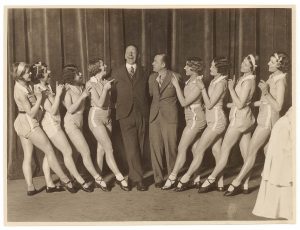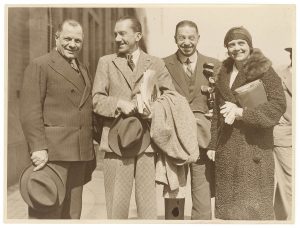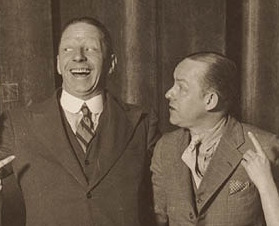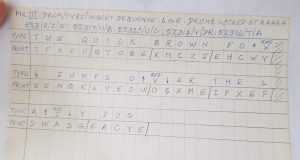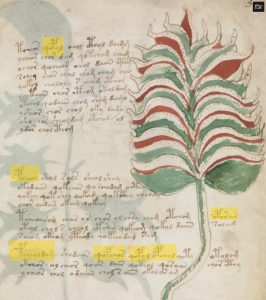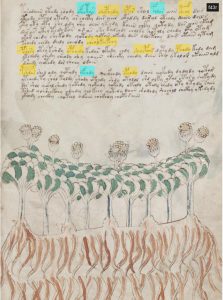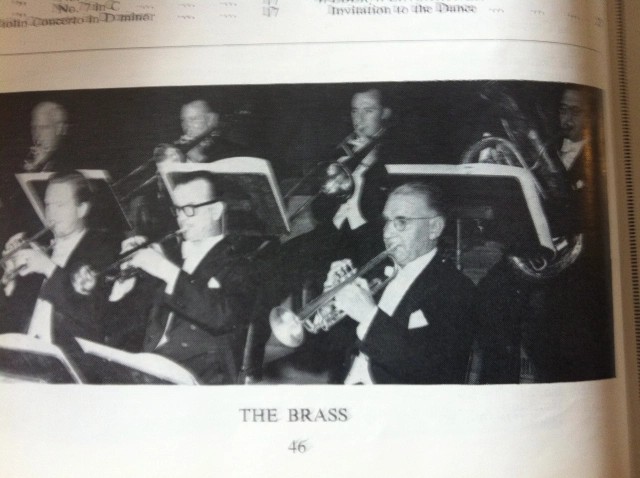I recently mentioned in a comment that my working hypothesis was word-initial EVA l- was a different token to EVA l elsewhere: and Emma May Smith asked me what evidence I had for that statement. So I thought I’d post a few stats to throw onto the fire.
The Evidence
Just to be clear, though: because I’d rather not mess up my stats with line-initial EVA l- stats, all the following figures relate to word-initial (but not line-initial) stats. And to keep everything as clear as practical, the comparisons are solely between words beginning l-, ol-, and al-.
So, here are the raw instance counts according to the Takahashi transcription for word-initial (but not line-initial) l-, ol-, and al-. For example, there are 1267 word-initial (but not line-initial) l- words, of which 58 are just EVA l (on its own), along with 433 word-initial (but not line-initial) words beginning with lk-. (Note that the “(-)” line is an estimate, my app unfortunately couldn’t calculate it.)
| .l | .ol | .al | |
| 1267 | 1416 | 477 | |
| (-) | 58 | 538 | 256 |
| k | 433 | 326 | 42 |
| t | 34 | 35 | 1 |
| f | 10 | 12 | 3 |
| P | 17 | 13 | 2 |
| ch | 293 | 138 | 20 |
| sh | 105 | 53 | 8 |
| o | 171 | 85 | 55 |
| a | 41 | 97 | 32 |
| d | 48 | 52 | 26 |
| y | 13 | 58 | 32 |
To compare these three columns, we now need to turn their values into percentages. What this following table is saying, then, is that word-initial (but not line-initial) l- is followed by k 34.18% of the time, t 2.68% of the time, etc. (Note that I didn’t try to capture all of the values.)
| .l | .ol | .al | |
| 100% | 100% | 100% | |
| (-) | 4.58% | 37.99% | 53.67% |
| k | 34.18% | 23.02% | 8.81% |
| t | 2.68% | 2.47% | 0.21% |
| f | 0.79% | 0.85% | 0.63% |
| p | 1.34% | 0.92% | 0.42% |
| ch | 23.13% | 9.75% | 4.19% |
| sh | 8.29% | 3.74% | 1.68% |
| d | 13.50% | 6.00% | 11.53% |
| a | 3.24% | 6.85% | 6.71% |
| o | 3.79% | 3.67% | 5.45% |
| y | 1.03% | 4.10% | 6.71% |
In short, this table is trying to compare the contact tables for three word-initial (but not line-initial) contexts: l-, ol-, and al-. So… what does it say?
Though the +f and +p rows are broadly the same for all three contexts, I think just about every row presents significant differences. For example:
- Only one word in the VMs begins with EVA alt (on f72v2, Virgo)
- Comparisons between the ch and sh lines seem to imply that tehre is vastly more similarity between ch and sh (ch seems to occur 3x more often than sh) than between l-, ol-, and al-.
- l- is typically followed by k (34.18%) and ch (23.13%), but this is quite unlike ol- and al-.
However, the biggest difference in all these counts is where l, ol, and al form the whole word (the “(-)” row). So here’s the last table of the day, which is where the whole word counts are removed from the totals, i.e. word-initial but not line-initial and also not word-complete:
| .l | .ol | .al | |
| k | 35.81% | 37.13% | 19.00% |
| t | 2.81% | 3.99% | 0.45% |
| f | 0.83% | 1.37% | 1.36% |
| p | 1.41% | 1.48% | 0.90% |
| ch | 24.23% | 15.72% | 9.05% |
| sh | 8.68% | 6.04% | 3.62% |
| d | 14.14% | 9.68% | 24.89% |
| a | 3.39% | 11.05% | 14.48% |
| o | 3.97% | 5.92% | 11.76% |
| y | 1.08% | 6.61% | 14.48% |
Even though taking out all the word-total instances has damped down some of the larger ratios, there are still plenty of big ratios to be seen.
Perhaps the most surprising is the comparison between ly- (1.08%) and aly- (14.48%). (Interestingly, all but one of all the places where the ly and aly instances occur in the text are at the end of a line or butted up against a mid-line illustration. Which I think points strongly to ly and aly being abbreviated in some way, but that’s an argument for another day.)
The Conclusion
For me, I simply can’t see anything systematic or language-like about the comparisons between any of the three columns. When their contact tables are so different, what actual evidence is there that l-, ol-, and al- are all presenting the same (right-facing) linguistic context? Personally, I simply can’t see any.
My conclusion from the above is therefore that l-, ol- and al- are (without any real doubt at all) three different tokens, i.e. they are standing in for three different underlying entities.

